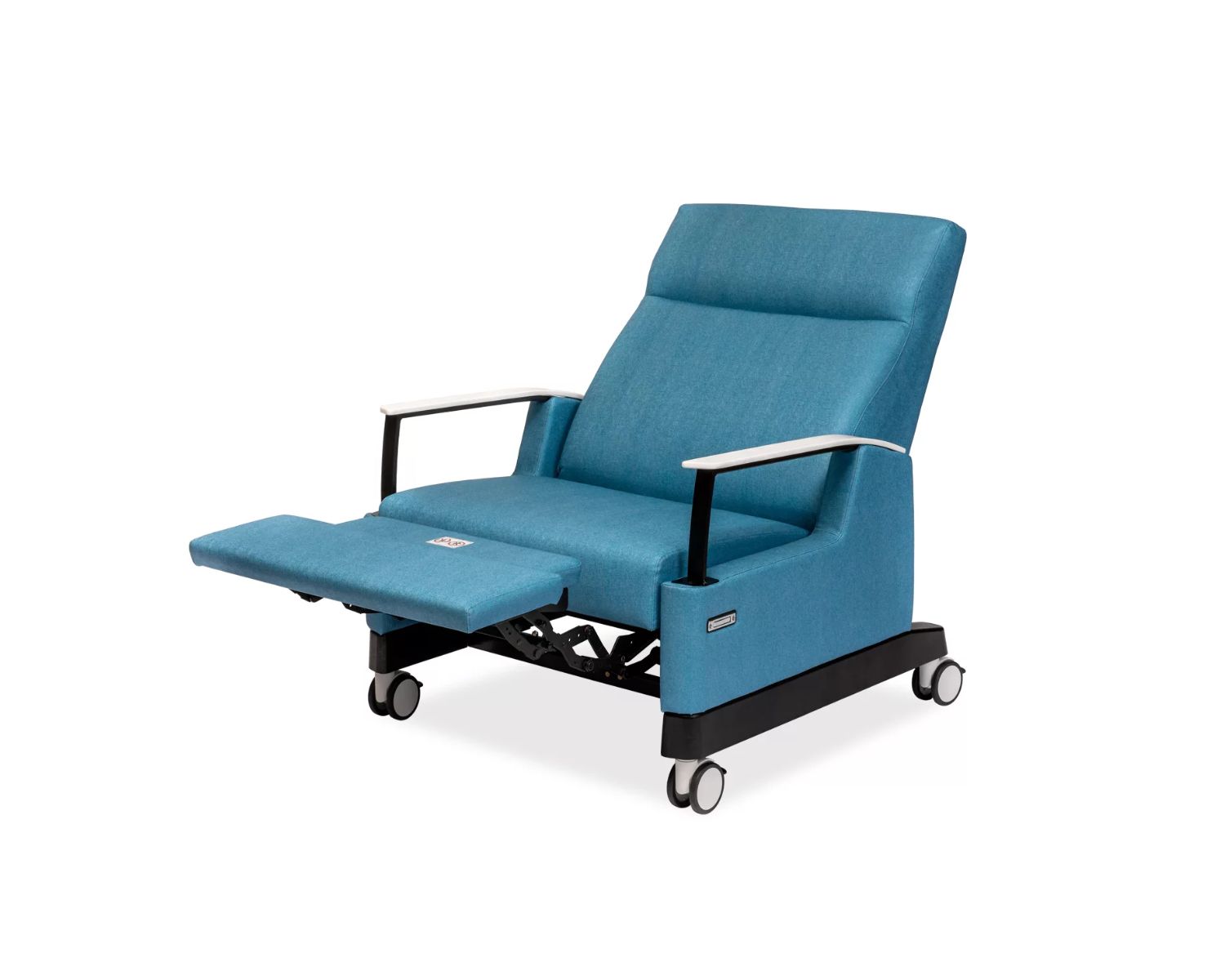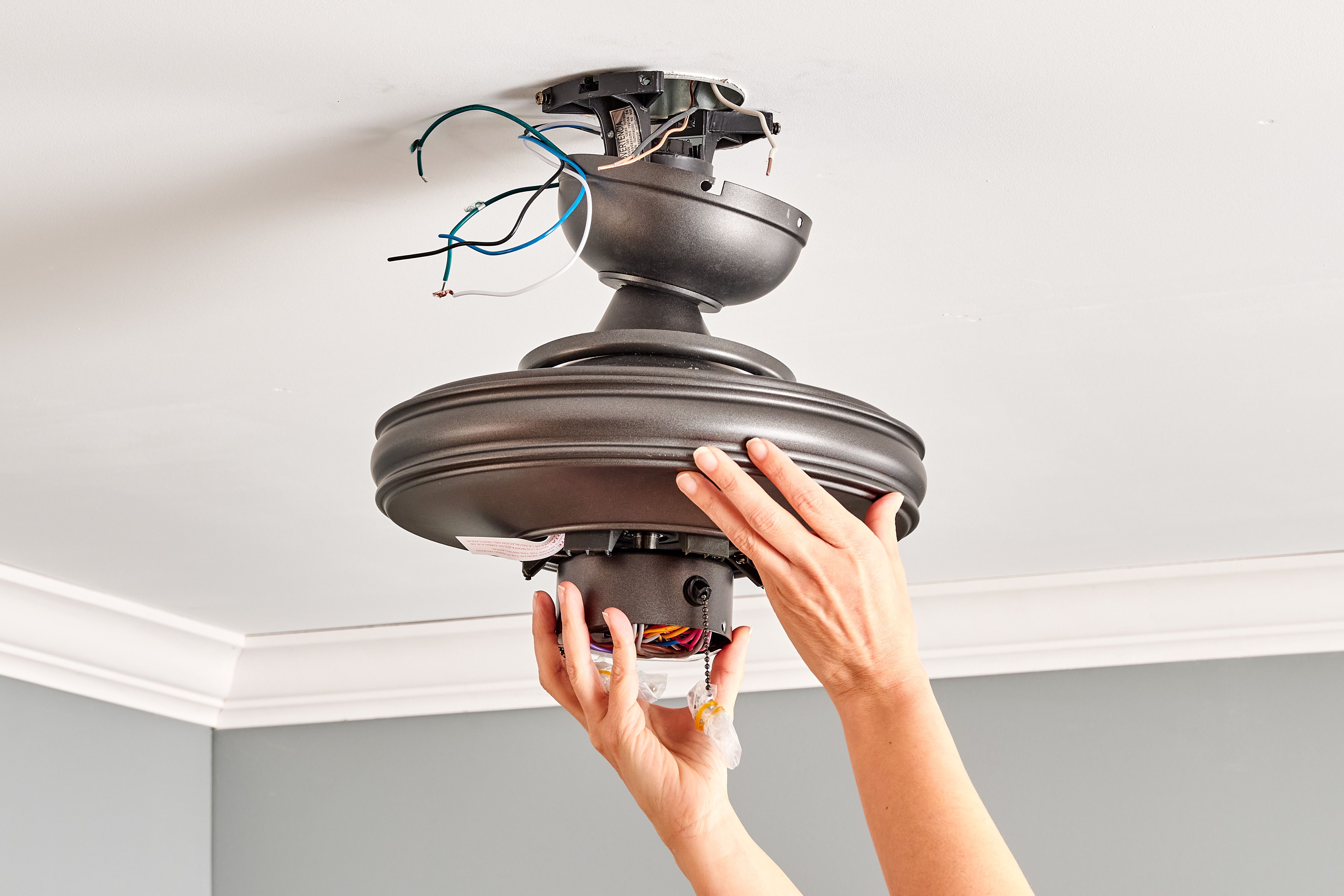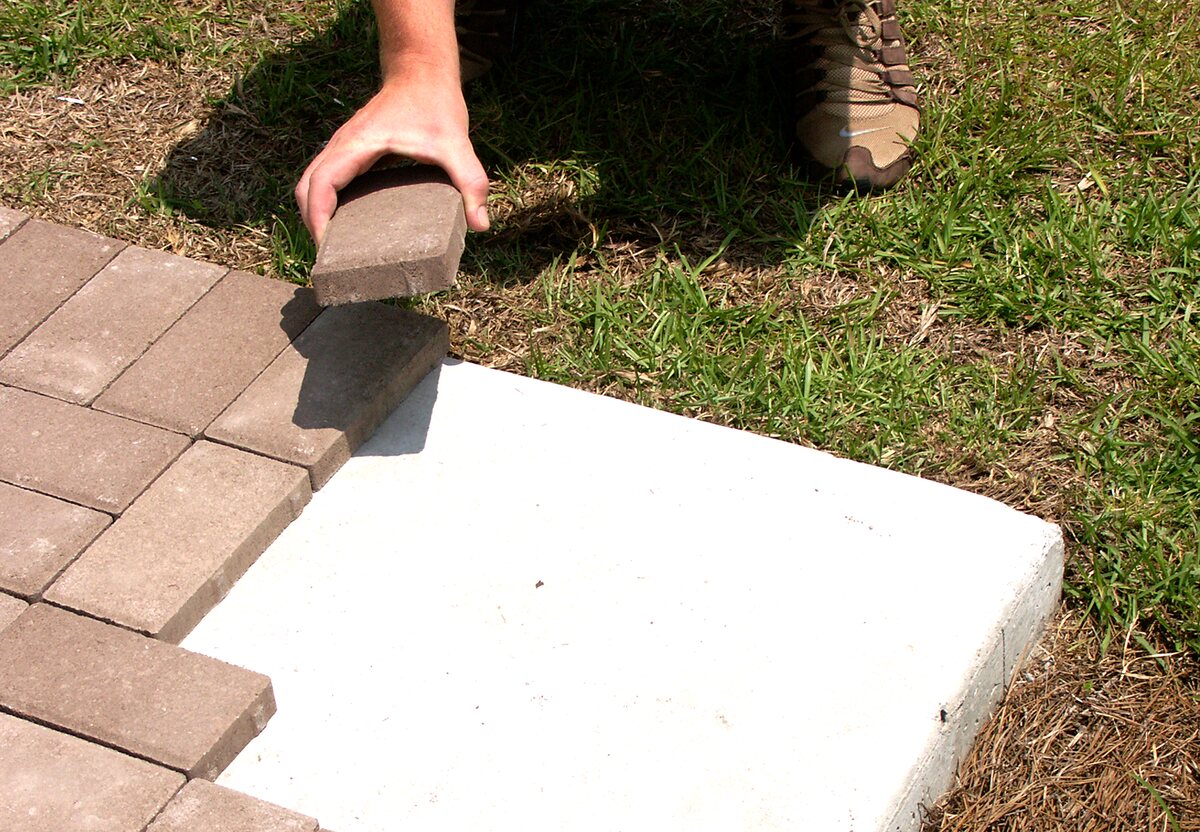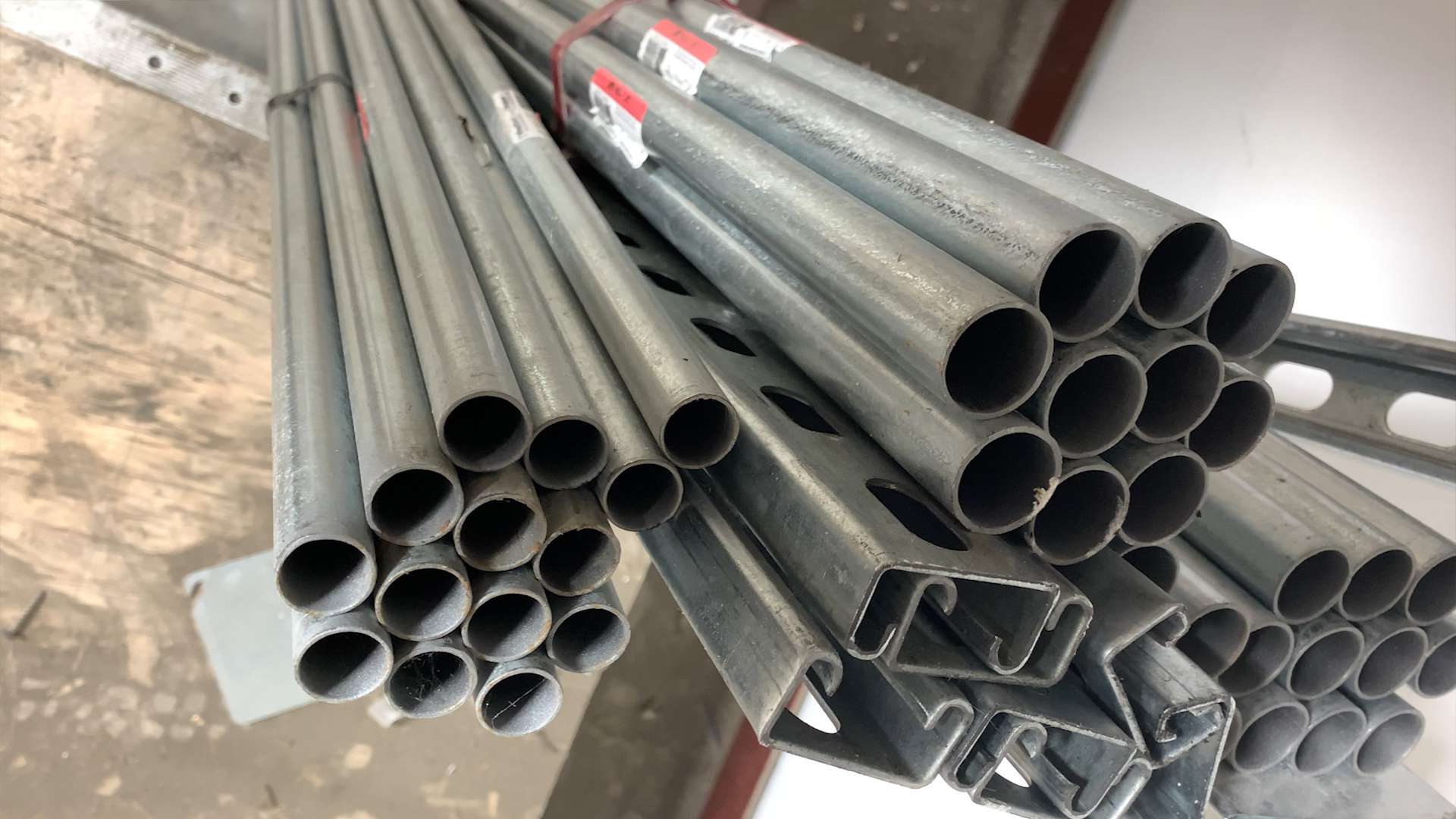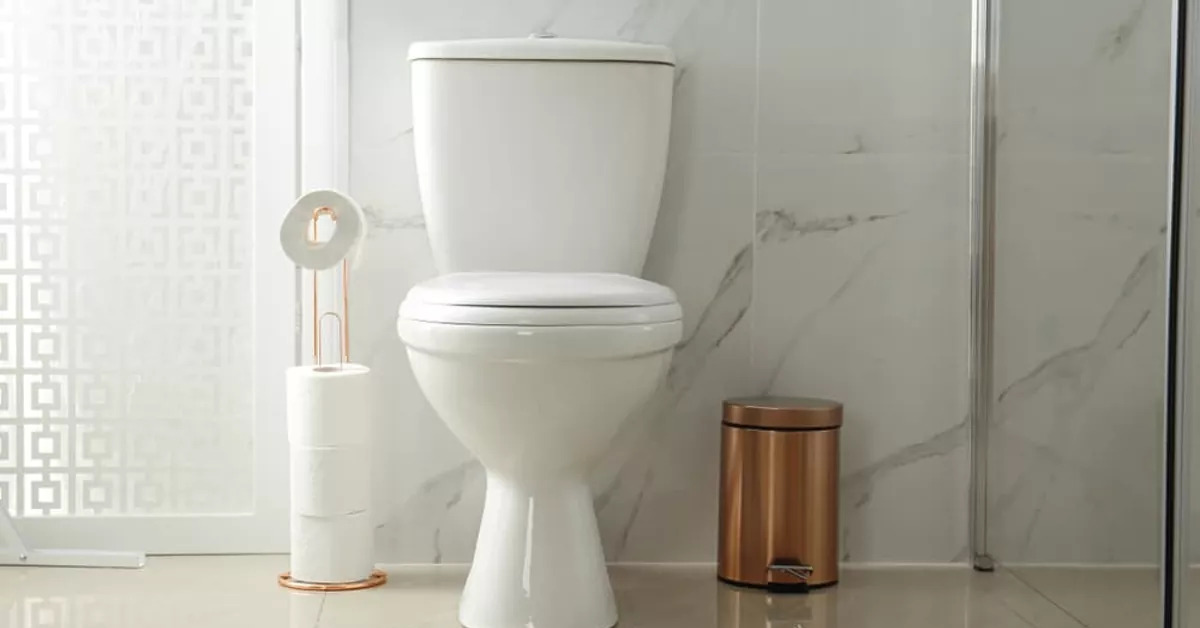Home>Furniture>Bedroom Furniture>How Much Weight Does An Air Mattress Hold
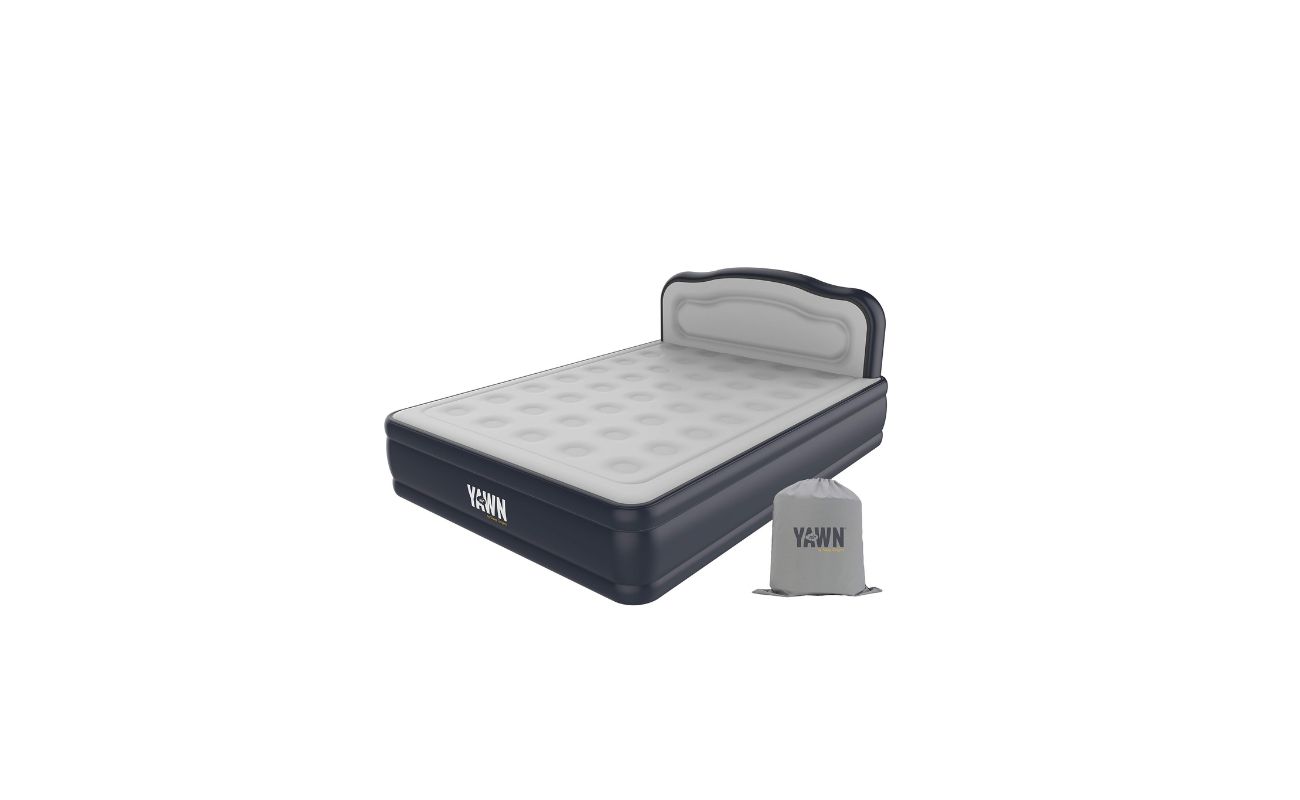

Bedroom Furniture
How Much Weight Does An Air Mattress Hold
Modified: December 7, 2023
Discover the weight capacity of air mattresses for your bedroom furniture. Find out how much weight an air mattress can hold and choose the perfect one for your needs.
(Many of the links in this article redirect to a specific reviewed product. Your purchase of these products through affiliate links helps to generate commission for Storables.com, at no extra cost. Learn more)
Introduction
Choosing the right air mattress is essential for a good night’s sleep, whether you’re camping or accommodating guests. One crucial aspect to consider when purchasing an air mattress is its weight capacity. Understanding how much weight an air mattress can hold is vital to ensure safety, durability, and overall comfort during use.
In this article, we will explore the factors that affect the weight capacity of air mattresses, the different types available in the market, and industry standards for weight limits. We will also provide valuable tips for maximizing weight capacity and important safety precautions to follow.
So, let’s delve into the world of air mattresses and discover how much weight they can hold!
Key Takeaways:
- Choose an air mattress with a weight capacity that exceeds the intended users’ combined weight to ensure safety and comfort. Consider factors like construction material, internal support, and intended use for the best fit.
- Follow manufacturer guidelines, proper inflation, and even weight distribution to maximize the weight capacity of your air mattress. Prioritize safety by adhering to weight limits and following essential precautions for a secure and comfortable sleep experience.
Read more: How Much Weight Can A Ladder Hold
Factors Affecting Weight Capacity
The weight capacity of an air mattress can vary depending on several factors. By understanding these factors, you can make an informed decision when selecting an air mattress suitable for your needs.
1. Construction Material: The material used in the construction of the air mattress plays a significant role in determining its weight capacity. High-quality air mattresses are typically made of durable materials like PVC or reinforced vinyl that can handle more weight without losing shape or integrity.
2. Internal Support System: The internal structure and support system of an air mattress also contribute to its weight capacity. Some mattresses feature internal coils or chambers designed to distribute weight evenly across the surface, increasing the overall weight capacity and providing better support.
3. Inflation Level: The inflation level of an air mattress can affect its weight capacity. Overinflating or underinflating the mattress beyond the recommended levels can strain the material, reducing its weight capacity and potentially leading to leaks or ruptures.
4. Design and Thickness: The design and thickness of the air mattress can influence its weight capacity. Thicker mattresses with multi-layer constructions tend to have higher weight capacities, as they offer enhanced stability and support.
5. Intended Use: The weight capacity of an air mattress may also vary depending on its intended use. Air mattresses designed for camping or outdoor use may have different weight capacity ratings compared to those intended for indoor use or accommodating guests.
6. Temperature and Environment: Extreme temperatures or exposure to harsh environments can impact the weight capacity of an air mattress. Drastic temperature changes can affect the integrity of the materials and reduce the mattress’s overall weight capacity.
Considering these factors will help you determine the appropriate weight capacity for your specific needs and ensure that the air mattress can support users comfortably and safely.
Types of Air Mattresses
Air mattresses come in various types, each offering unique features and benefits. Understanding the different types will help you choose the right air mattress with the desired weight capacity.
1. Standard Air Mattresses: Standard air mattresses are the most common type and are designed for general use. They are typically made of PVC or vinyl and feature a built-in air pump for easy inflation and deflation. These mattresses come in various sizes, from twin to king, and have different weight capacities depending on the model and brand.
2. Raised Air Mattresses: Raised air mattresses are designed to simulate the height and comfort of a traditional bed. They have a built-in raised platform or frame that lifts the mattress off the ground, providing added support and making it easier to get in and out of bed. These mattresses often have higher weight capacities to accommodate the raised design.
3. Camping Air Mattresses: Camping air mattresses are specifically designed for outdoor use and are typically more lightweight and compact than standard air mattresses. They are made with durable materials to withstand rough terrains and often come with added features like puncture resistance and waterproofing. While camping air mattresses may have lower weight capacities due to their lightweight design, they are still capable of supporting a single individual comfortably.
4. Double High Air Mattresses: Double high air mattresses are similar to raised air mattresses but provide even more height and support. They have multiple air chambers that add extra thickness and stability. These mattresses are ideal for those who prefer the feel of a traditional mattress, with the added convenience of easy storage and portability.
5. Specialized Air Mattresses: In addition to the standard types, there are also specialized air mattresses available. These include air mattresses designed for medical purposes, such as pressure relief mattresses for bed-bound patients or mattresses with adjustable firmness settings for personalized comfort.
When selecting an air mattress, consider the intended use, desired features, and weight capacity requirements to determine which type is the best fit for your needs.
Weight Capacity Differences
When it comes to weight capacity, not all air mattresses are created equal. Different models and brands may have varying weight capacity limits. Understanding the weight capacity differences will help ensure that you choose an air mattress that can safely support the intended users.
Standard air mattresses typically have weight capacities that range from 300 to 600 pounds, depending on the size and quality of the mattress. Smaller sizes like twin or full may have lower weight limits, while larger sizes like queen or king may have higher weight capacities.
Raised air mattresses, with their reinforced frames or platforms, often have higher weight capacities compared to standard mattresses. These can range from 600 to 1000 pounds or more, depending on the specific model.
Camping air mattresses, due to their lightweight and compact design, may have lower weight capacities ranging from 200 to 400 pounds. While they may not be able to accommodate as much weight as standard or raised air mattresses, they are still suitable for individuals or lighter sleepers.
It’s important to note that weight capacities provided by manufacturers are general guidelines and should be followed to ensure safety and mattress longevity. Exceeding the weight capacity can put excessive strain on the mattress, potentially causing leaks or structural damage.
Always consider the weight of the individuals who will be using the air mattress and choose one with a weight capacity that exceeds their combined weight. This will provide a margin of safety and ensure a comfortable sleep experience.
Furthermore, it’s important to account for any additional factors that may contribute to the weight on the mattress, such as pets or belongings. Taking these factors into consideration will help you select an air mattress with an appropriate weight capacity to meet your needs.
When considering the weight capacity of an air mattress, it’s important to check the manufacturer’s specifications. Most standard air mattresses can typically hold between 300 to 600 pounds, but it’s always best to confirm the specific weight limit for the model you are using.
Industry Standard for Weight Limit
The industry standard for weight limits on air mattresses can vary depending on the country and the manufacturer. However, there are some general guidelines that can help you understand the weight limits commonly found in the industry.
For standard air mattresses, the weight limit typically ranges from 300 to 600 pounds. This weight limit is based on the assumption of a single individual occupying the mattress. Larger sizes like queen or king may have higher weight capacities compared to smaller sizes like twin or full.
Raised air mattresses, which feature a reinforced frame or platform, often have higher weight capacity limits compared to standard mattresses. These can range from 600 to 1000 pounds or more, depending on the specific model and brand. The added structural support provided by the raised design allows for increased weight capacity.
Camping air mattresses, designed for outdoor use and portability, generally have lower weight capacities compared to standard or raised air mattresses. These air mattresses typically have weight limits ranging from 200 to 400 pounds. While they may not support as much weight, they are still suitable for individual sleepers or those who prefer a lightweight camping setup.
It’s important to note that these weight limits are general guidelines provided by manufacturers. It is advisable to choose an air mattress with a weight capacity that exceeds the intended users’ combined weight. This will provide a margin of safety and ensure that the mattress is capable of comfortably supporting the designated load.
Always refer to the manufacturer’s guidelines and specifications for the specific air mattress you are considering, as weight capacity can vary between different models and brands. These guidelines will help you select an air mattress with an appropriate weight limit to meet your needs.
Additionally, it’s important to consider that weight capacity can be affected by factors such as inflation level, material quality, and overall construction. Proper use and maintenance, such as avoiding exceeding weight limits and storing the mattress correctly, will contribute to its longevity and ensure safe usage.
Read more: How Much Does A Mattress Weight
Tips for Maximizing Weight Capacity
To ensure that you are maximizing the weight capacity of your air mattress and promoting its long-term durability, here are some helpful tips to keep in mind:
- Follow Manufacturer Guidelines: Always refer to the manufacturer’s guidelines and instructions regarding weight limits and proper use. They provide specific recommendations for the safe and effective use of the air mattress.
- Proper Inflation: Inflate the air mattress to the recommended level, neither overinflating nor underinflating it. This will help distribute weight evenly and prevent unnecessary strain on the mattress.
- Even Weight Distribution: Encourage even weight distribution on the air mattress by distributing weight across the entire surface. This can be achieved by not placing heavy objects or excessive weight on one specific area.
- Consider Individual Weight: If multiple individuals will be sharing the air mattress, consider their combined weight and choose a mattress with a weight capacity that exceeds this total. This will prevent strain on the mattress and ensure comfort for everyone.
- Use Adequate Support: If using a raised air mattress, ensure that the frame or platform is fully assembled and supported correctly. This will provide added stability and help distribute weight evenly.
- Avoid Sharp Objects: Keep the air mattress away from sharp objects, such as rocks, branches, or pet claws, to prevent punctures or tears that can compromise the weight capacity.
- Maintain Proper Storage: When not in use, store the air mattress in a clean and dry area. Avoid folding or storing it in a way that can damage the materials or compromise its weight capacity.
- Regular Inspection: Periodically inspect the air mattress for any signs of wear, damage, or leaks. Promptly address any issues to maintain its integrity and weight capacity.
- Utilize Reinforcement: If you anticipate needing additional weight capacity, consider placing a supportive surface underneath the air mattress, such as a bed frame or plywood board, to provide extra reinforcement and distribute weight.
By following these tips, you can ensure you are maximizing the weight capacity of your air mattress and prolonging its lifespan. Remember, proper use, maintenance, and adhering to weight limits are key to enjoying a comfortable and safe sleeping experience.
Safety Precautions
When using an air mattress, it’s essential to prioritize safety for yourself and others. Follow these safety precautions to ensure a secure and risk-free experience:
- Weight Capacity: Always adhere to the recommended weight capacity specified by the manufacturer. Exceeding the weight limit can compromise the integrity of the air mattress and pose safety hazards.
- Proper Inflation: Inflate the air mattress to the correct level of firmness according to the manufacturer’s instructions. Overinflating can strain the seams and valves, while underinflating can cause discomfort and instability.
- Secure Placement: Place the air mattress on a clean, flat, and stable surface. Ensure there are no sharp objects or debris underneath that could puncture the mattress or make it unstable.
- Keep Away from Flames: Air mattresses are highly flammable. Keep them away from open flames, smoking materials, or any heat sources that could cause them to ignite. Use them in well-ventilated areas to minimize the risk of carbon monoxide poisoning if using with a pump indoors.
- Avoid Sharp Objects: Protect the air mattress from potential punctures by keeping it away from sharp objects such as knives, scissors, or pets with sharp claws. Place a protective cover or sheet on top to prevent accidental damage.
- Check for Leaks: Before each use, inspect the air mattress for any leaks or signs of damage. If you notice any holes or leaking air, patch or repair it promptly using the manufacturer’s recommended repair kit or contact customer support for assistance.
- Children’s Safety: Ensure that children are supervised while using an air mattress to prevent accidental falls or suffocation. Avoid allowing infants or children under the recommended age to sleep unsupervised on an air mattress.
- Clean and Maintain: Keep the air mattress clean by regularly wiping it down and following the manufacturer’s cleaning instructions. Proper maintenance and storage will help prolong its lifespan and ensure hygienic usage.
- Emergency Preparedness: Have a plan in case of emergency, such as a power outage or rapid deflation. Keep a flashlight and extra batteries nearby, and familiarize yourself with the procedure for deflating and packing the air mattress safely.
By observing these safety precautions, you can enjoy the benefits of an air mattress while minimizing potential risks and ensuring a safe sleeping environment.
Conclusion
Choosing the right air mattress with the appropriate weight capacity is crucial for a comfortable and safe sleeping experience. By understanding the factors that affect weight capacity, the various types of air mattresses available, and the industry standards for weight limits, you can make an informed decision when purchasing an air mattress.
Consider important factors such as construction materials, internal support systems, inflation levels, and intended use to ensure that the air mattress can safely support the desired weight. Always follow manufacturer guidelines and recommendations to avoid exceeding weight limits and compromising the integrity of the mattress.
Whether you’re planning a camping trip or looking for a temporary bedding solution, being aware of weight capacity differences among different types of air mattresses will help you find the most suitable option for your needs. Additionally, incorporating the tips for maximizing weight capacity and following essential safety precautions will ensure a secure and comfortable sleep experience.
Remember, maintenance and proper usage are key to prolonging the lifespan of your air mattress. Regularly inspect the mattress for leaks, store it correctly when not in use, and keep it clean to promote longevity and hygiene. By prioritizing safety and making informed decisions, you can enjoy the benefits of an air mattress for years to come.
Frequently Asked Questions about How Much Weight Does An Air Mattress Hold
Was this page helpful?
At Storables.com, we guarantee accurate and reliable information. Our content, validated by Expert Board Contributors, is crafted following stringent Editorial Policies. We're committed to providing you with well-researched, expert-backed insights for all your informational needs.


